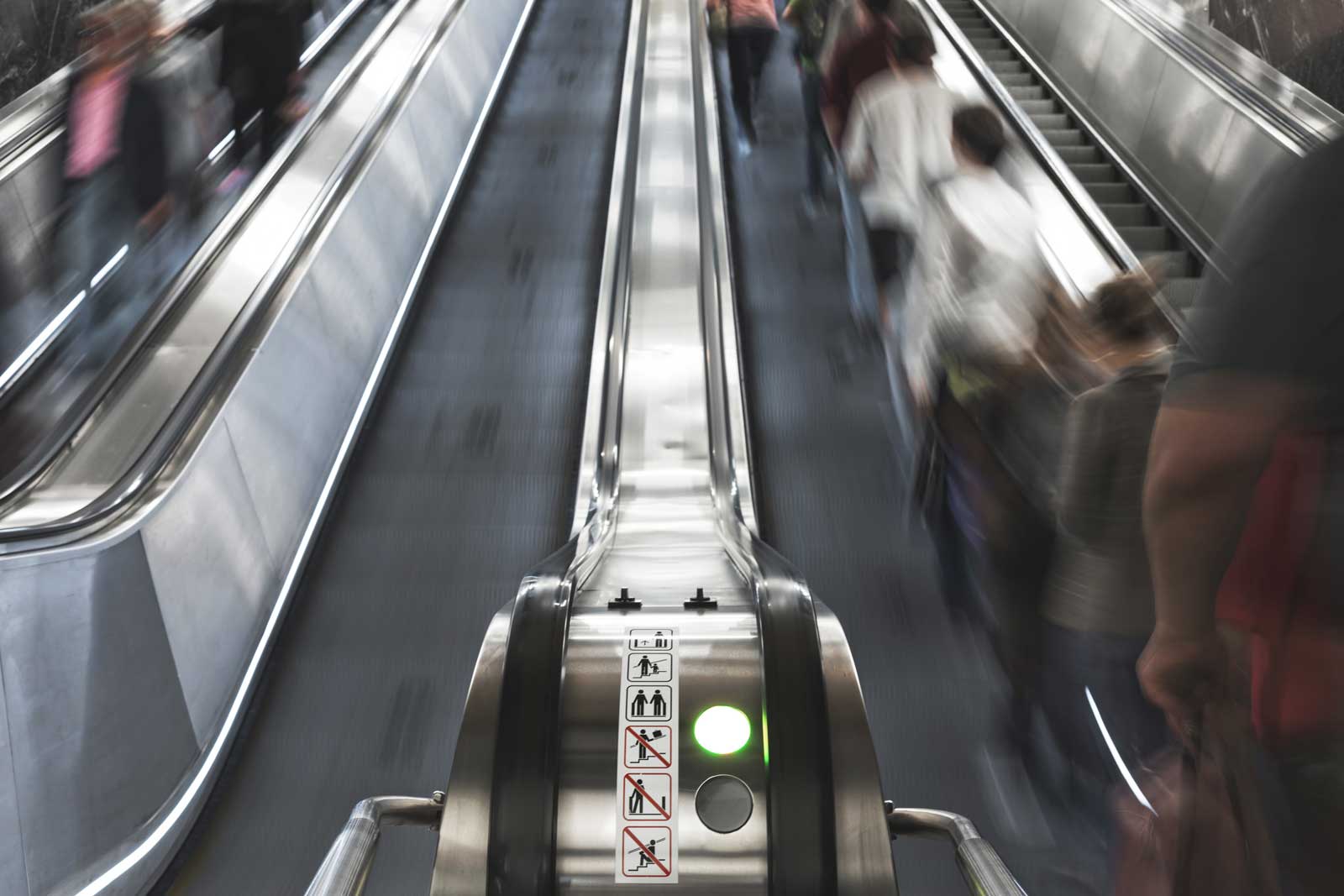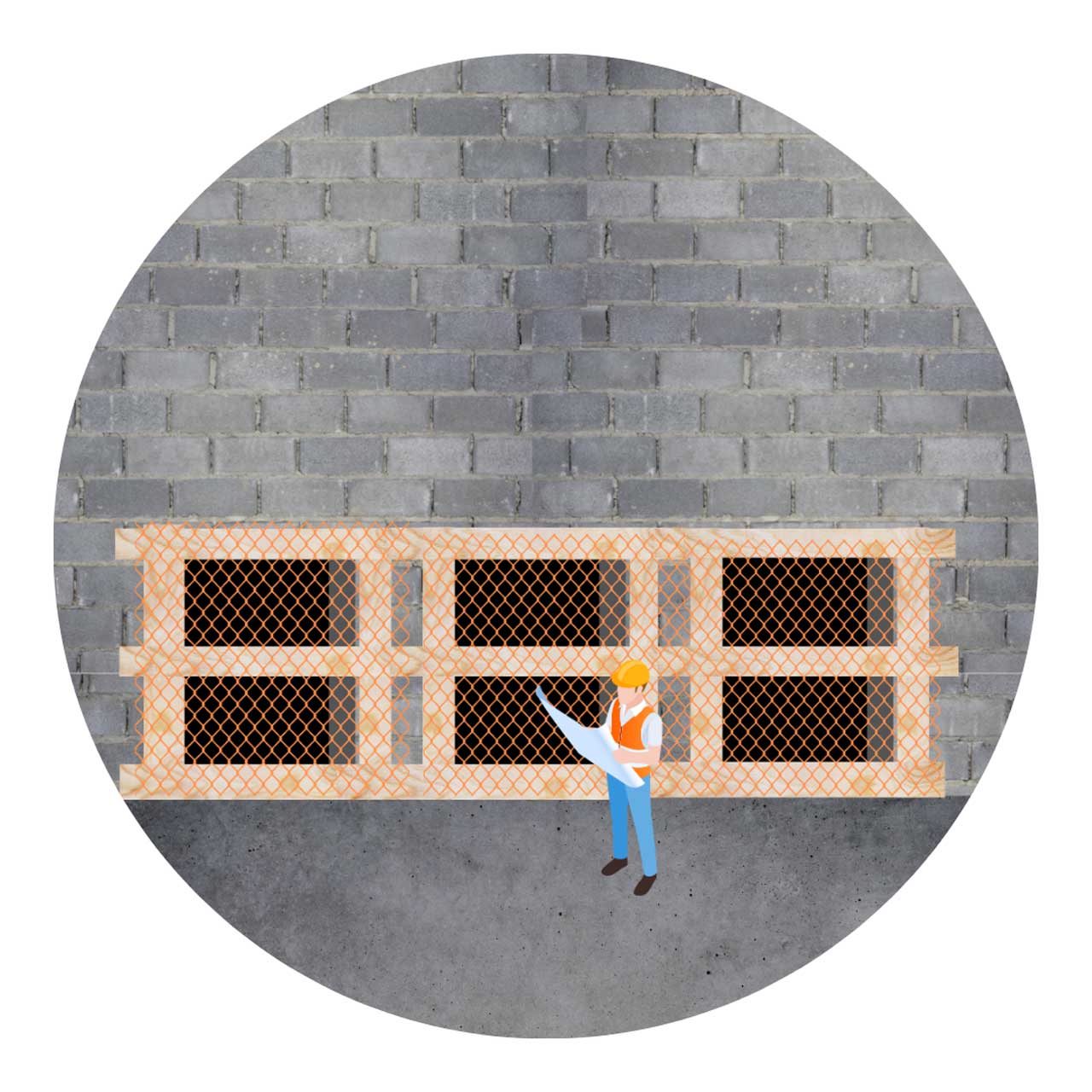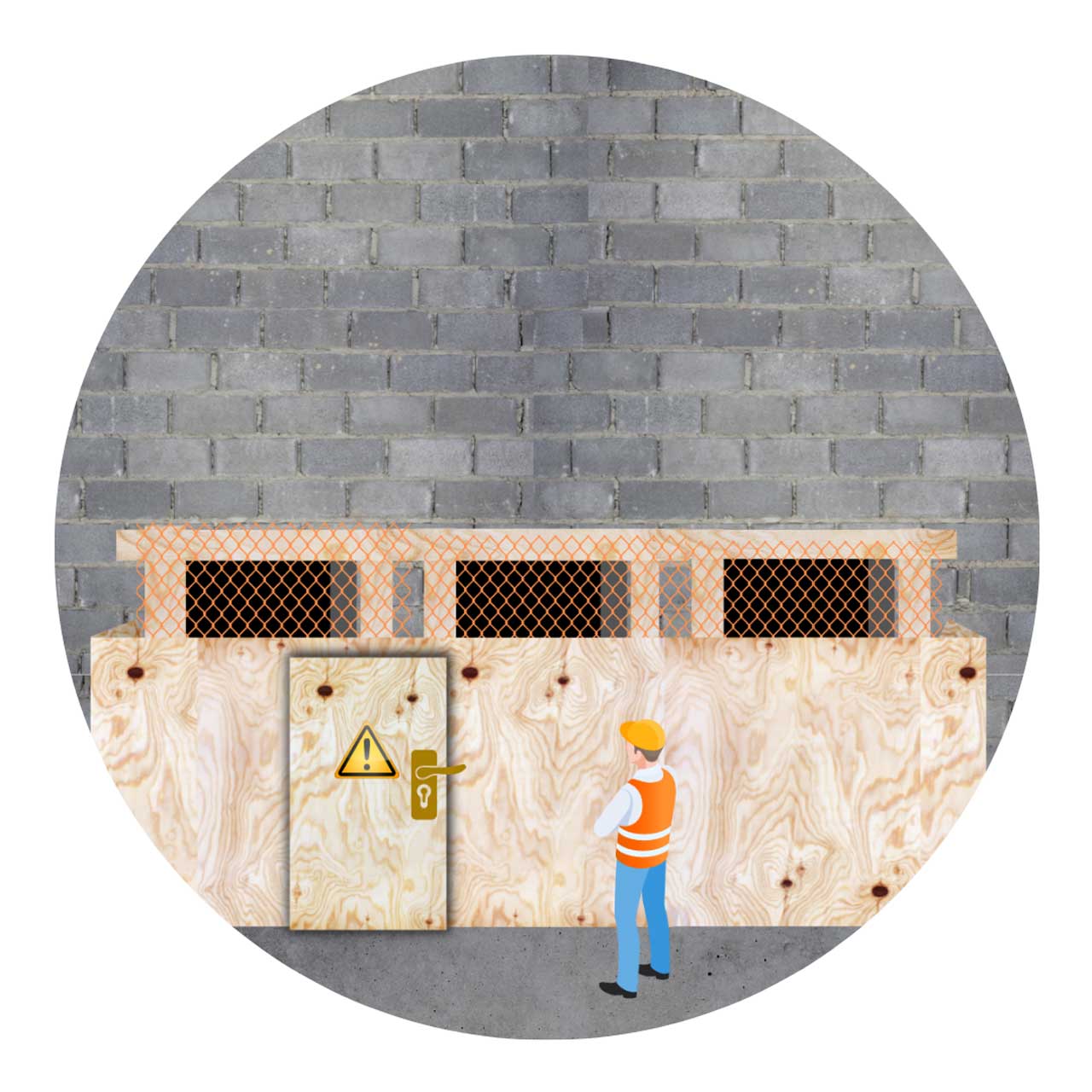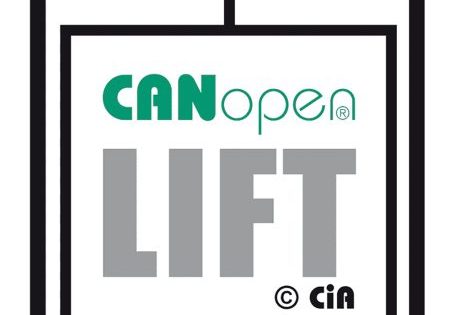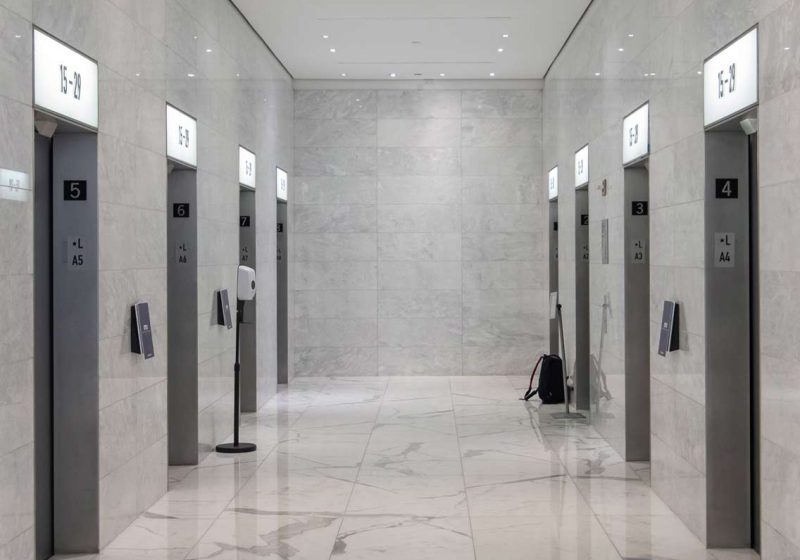How NEII and its members are working together to improve worker safety and keep elevators and escalators the safest mode of transportation for the riding public.
by Trent Behr
Vertical transportation (VT) is the most used form of public transportation, as passengers make more than 280 billion trips on elevators and escalators every year in the U.S. More importantly, it is the safest. A track record like that does not happen by accident; it requires intention and hard work. The VT industry is laser focused on the safety of its personnel and the riding public. Over the years, exceptional service, a well-trained workforce, innovative and reliable equipment and robust safety construction codes have allowed passengers to take for granted that their elevator and escalator rides will blend into the background of their daily lives.
National Elevator Industry, Inc. (NEII) and its member companies are committed to continually improving worker safety by addressing new innovations and ensuring safe operational parameters in the American Society of Mechanical Engineers (ASME) codes, developing safer products, sharing comprehensive safety tips and enhancing workplace best practices. NEII is also taking a leadership position to ensure all workers have proper personal protection equipment (PPE) and to reduce incidents related to elevator hoistways on construction sites. As a member of the U.S. Department of Labor’s Occupational Safety and Health Administration Elevator Industry Partnership (OSHA Alliance), NEII continues to develop industry training materials and best practice guidelines. These ambitious efforts are forged by the universal industry commitment to safety and our continuous commitment to a world in which even one injury or fatality is one too many.
Setting the Standard
NEII worked with industry stakeholders, including the International Union of Elevator Constructors (IUEC), to develop three proposals for the 2022 edition of the ASME A17.1/CSA B44 code. These changes focused on key areas related to employee safety. Two changes were focused on pit ladders, with one eliminating an exception that allowed narrower ladders by ensuring alternate options for holding on to the ladder when space is limited, and the other adding sensors on pit ladders to prevent the elevator from running if someone on the pit ladder failed to activate the pit stop switch. The third change added lighting throughout the hoistway to increase situational awareness when accessing the hoistway and provide lighting while working in the hoistway on top of the car. While these improvements are a step forward, the work is not done, as several proposals are currently being considered for future editions of the standard.
Rising to the Challenge(s)
Ensuring all employees in the field have the safety equipment they need is a fundamental requirement to maintaining a safe workplace. Acting on feedback from women in the field, last year NEII issued a PPE challenge to the entire VT industry (ELEVATOR WORLD, January 2023). A joint effort from NEII’s Diversity, Equity and Inclusion Working Group and Safety Committee, the campaign promoted the urgent need for companies not already doing so to provide PPE that will comfortably fit every employee. Offerings should include gender-inclusive uniforms and safety harnesses, as well as a wider range of sizes for gloves and hard hats. This year, NEII plans to expand its PPE challenge to all building trades.
To increase public awareness, NEII issued its second annual Elevator and Escalator Safety Challenge – a contest held online in honor of Elevator and Escalator Safety Week. This is an important opportunity to reach out and educate the riding public about some basic safety features of VT equipment. During the 2022 event, more than 330 participants completed the safety quiz and learned more about equipment safety features like door interlocks and how elevators are tested to manage their posted weight limits.
Standing Up for Hoistway Safety
The mantra “one injury is one too many” permeates the NEII Safety Committee. As such, NEII has been working on a Hoistway Safety Initiative, which will educate other trades about the dangers of working in and around hoistways on construction sites and mitigate the risks through awareness and safety tips. Through the analysis of historical data, NEII identified that nearly 70% of hoistway incidents that happen in construction involve non-elevator industry personnel.
This educational and awareness campaign is necessary for all trades on a construction site and will be applicable to both field personnel and those visiting a jobsite. Before elevator constructors begin installing the equipment, hoistways are often used as a trash chute, so it can be a reflex for workers to continue to toss items down the shaft even after installation begins. And if the hoistways are not protected with highly visible and sturdy materials, workers and visitors could fall through a hoistway opening with one misstep.
To mitigate this risk, the NEII Safety Committee identified three barriers that can be incorporated into the management of construction sites, one of which is already used consistently per OSHA regulations. The suggested best practices will not only prevent items from being dropped into the hoistway but will also protect individuals working or walking near a hoistway when they might trip or slip. There is no “one size fits all,” so three options allow the application of the most appropriate barrier for each job.
Netting: heavy-duty mesh barrier affixed to the hoistway door frame and hung across the opening along with wooden railings and toe guards
Door: solid wooden “box” (which can be flat or several inches deep) attached to each hoistway opening with a door and lock
Lobby: solid barriers with locked doors at each end of an area with several elevators
This year, NEII will launch an in-depth hoistway safety awareness campaign, one of multiple important safety initiatives. A large part of the effort will be the development of materials that can be shared with industry stakeholders, including graphics, signage, best practices and more. NEII will be working with our industry stakeholders, as well as other building trades, to increase understanding about hoistway risks, improve behavior and reduce opportunities for incidents and injuries.
Handbook of Safety
The Elevator Industry Field Employees’ Safety Handbook, which is available to purchase from ELEVATOR WORLD’s bookstore, elevatorbooks.com, is updated every five years. The Handbook is the industry standard for elevator and escalator personnel safety. NEII’s Safety Committee works in collaboration with industry partners on each new edition to ensure it includes the latest technology and safety procedures. The next round of updates will begin this summer, with the next edition of the Handbook scheduled for release in 2025.
OSHA Alliance
In 2021, the OSHA Alliance was renewed by all its industry partners, including the Elevator Contractors of America (ECA), Elevator Industry Work Preservation Fund (EIWPF), National Association of Elevator Contractors (NAEC), National Elevator Industry Educational Program (NEIEP), IUEC and NEII. Work continues to develop best practices, training materials, communications and educational tools for the industry and the construction trade to ensure that industry personnel and the riding public all get home safely at the end of the day.
Absolute Safety
In 2019, NEII’s Safety Committee, in partnership with NEIEP and NAEC, developed the “9 Safety Absolutes” as a best practice guide to maximize safety and prevent injuries on the jobsite. NEII also has additional resources for industry personnel and the general public on its website. To learn more about elevator and escalator safety, go to nationalelevatorindustry.org/safety.
But beyond those important worker and rider safety tips, there is one absolute that everyone must embrace: Safety does not fall to one person, committee or organization — safety is everyone’s responsibility.
Get more of Elevator World. Sign up for our free e-newsletter.
